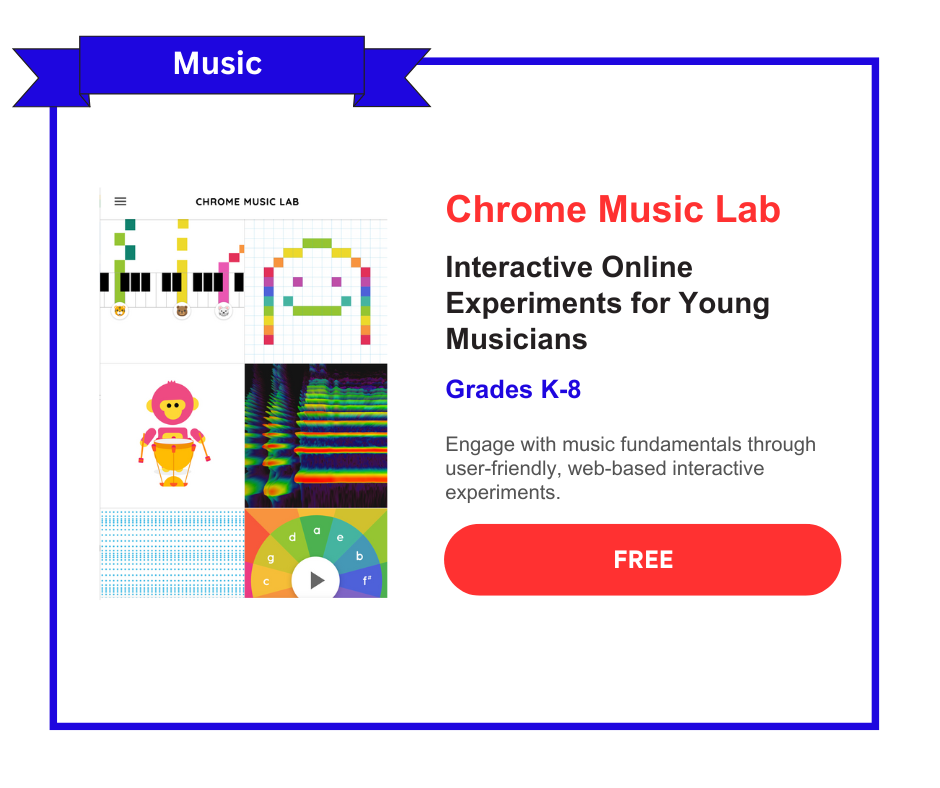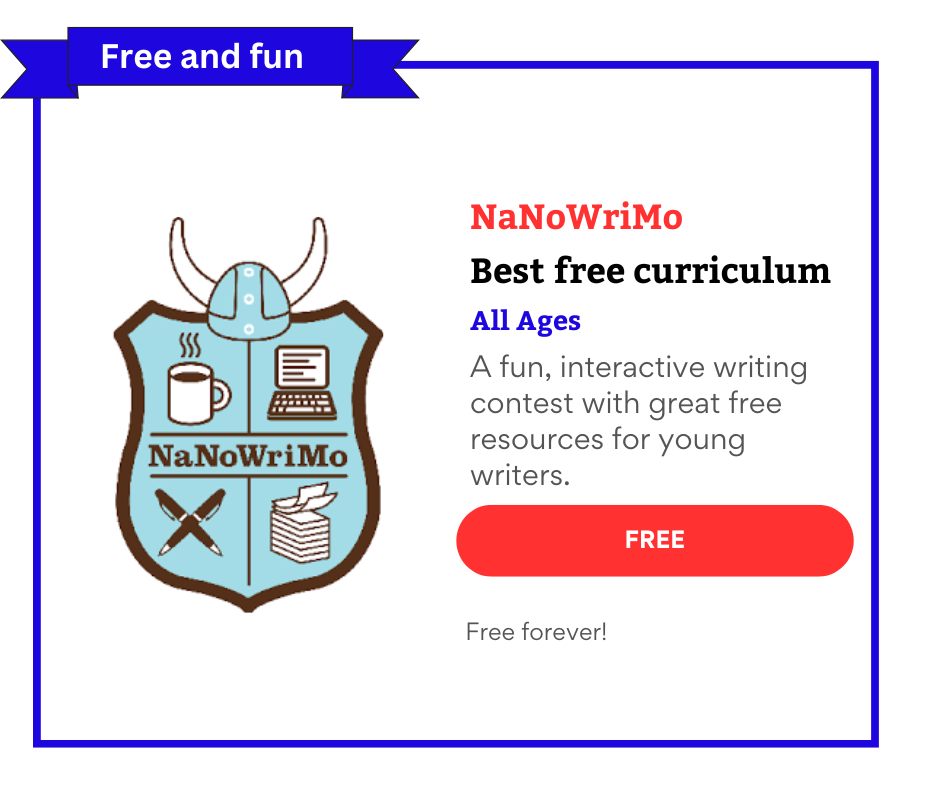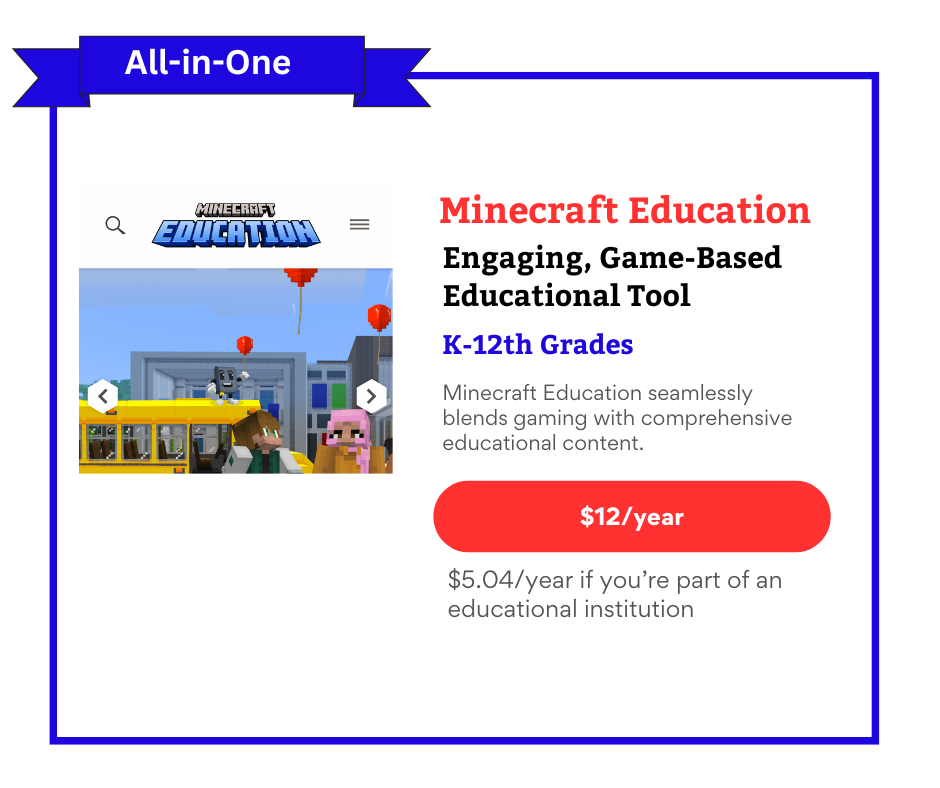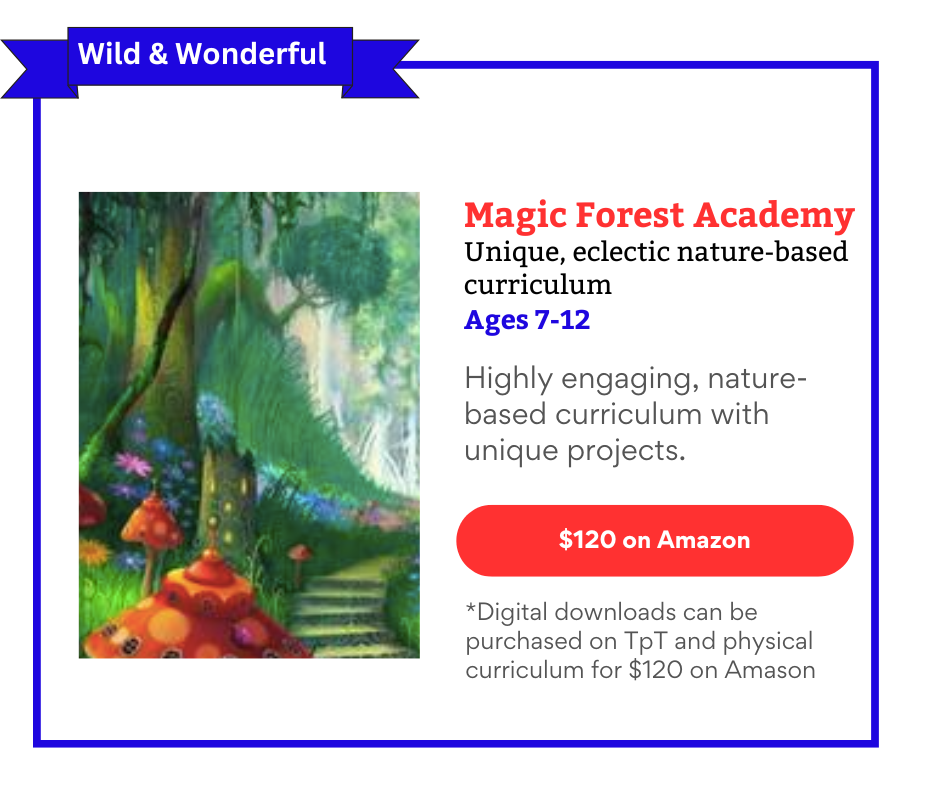Google Earth
Google Earth was initially developed by Keyhole Inc., a company funded by the CIA's venture capital arm, In-Q-Tel, and founded by John Hanke in 2001. The application was created to enable users to visualize geospatial data in an immersive, interactive way. Hanke's background includes a BA in Plan II from the University of Texas, Austin, and an MBA from the Haas School of Business at UC Berkeley. His expertise and vision led to the creation of a tool that has since revolutionized how we explore our planet. Google acquired Keyhole in 2004, and Google Earth was officially launched in 2005. Since then, it has garnered millions of users and numerous accolades for its innovation in technology and education (My Little Poppies) (Forgetful Momma).
Differentiation: What Makes It Special
What sets Google Earth apart from other educational tools is its unparalleled ability to provide a virtual globe that users can explore in three dimensions. Unlike traditional maps or globes, Google Earth offers satellite imagery, aerial photography, and GIS data, enabling users to zoom in on any location worldwide. This makes it a dynamic tool for geography, history, and environmental science lessons. Additionally, features like Google Lit Trips allow students to follow the journeys of literary characters, making it an engaging tool for integrating literature with geography (My Little Poppies) (A Heart 4 Homeschool).
How to Get Started
Getting started with Google Earth is straightforward. The application can be downloaded for free from the Google Earth website or accessed directly in a web browser. Once installed, users can explore different layers, such as terrain, buildings, and historical imagery, by toggling options in the sidebar. There are also various tutorials and guides available online to help new users navigate the tool effectively (My Little Poppies).
How It Works
Using Google Earth in homeschooling can be incredibly versatile. Here’s how to integrate it into your curriculum:
Exploring Geography: Zoom in on different countries, cities, and landmarks to study geography.
Historical Studies: Use the historical imagery feature to view changes in a region over time.
Science Projects: Explore natural wonders, volcanoes, and weather patterns.
Interactive Learning: Create virtual field trips and scavenger hunts using placemarks and paths.
Literature Integration: Use Google Lit Trips to follow the journeys of characters from books your children are reading (My Little Poppies) (Forgetful Momma).
Educational Concepts It Teaches
Geography: Countries, capitals, physical features
History: Historical changes in landscapes, ancient civilizations
Environmental Science: Ecosystems, climate change, natural disasters
Astronomy: Night sky feature for studying stars and constellations
Literature: Following literary journeys with Google Lit Trips
What Users Love
Parents and educators appreciate the immersive experience Google Earth provides. The ability to explore virtually any place on Earth from their home is a significant benefit. Many users have highlighted how it makes abstract concepts like latitude and longitude more tangible and understandable for children. Its versatility and the wealth of educational content it can support make it a favorite among homeschooling families (My Little Poppies) (Forgetful Momma).
What Could Be Improved
While Google Earth is a powerful tool, it has a few drawbacks. Some users find the interface a bit overwhelming initially and suggest that a more user-friendly guide or tutorial could be beneficial. Additionally, because it relies on internet connectivity, it may not be as accessible for families with limited internet access. There’s also a learning curve associated with creating custom educational content, which might be challenging for some parents (My Little Poppies) (Our Family Lifestyle).
Advice from Parents
Homeschooling parents recommend starting with simple projects and gradually exploring more complex features. Many suggest integrating Google Earth with other educational tools and curricula to create a more comprehensive learning experience. It’s also helpful to join online communities and forums where you can share tips and ideas with other homeschooling families (My Little Poppies) (A Heart 4 Homeschool).
Overall Educational Value Score: 84/100
Google Earth is an exceptional educational tool for homeschooling, offering unique, engaging, and accurate learning experiences across a wide range of subjects. Its ability to provide interactive and immersive educational content makes it a highly valuable resource for diverse learners. Google Earth received high marks for its uniqueness, engagement, accuracy, and user-friendliness. However, it did have minor drawbacks related to its occasional technical complexity and internet dependence. Parents should be mindful of the potential for overuse and ensure balanced screen time.
Positive Score: 95
Negative Score: -11
Positive Scores:
Uniqueness (10/10): Google Earth is unparalleled in its ability to provide a detailed, interactive 3D exploration of the planet, offering a unique learning experience that cannot be matched by traditional maps or other educational tools (Cathy Duffy Reviews) (Homeschool Curriculum).
Engagement (9/10): Children find Google Earth highly engaging, often exploring for extended periods without losing interest. It is particularly effective in making abstract geographical concepts concrete (Forgetful Momma) (Hall of Fame Moms).
Accuracy (10/10): The tool is known for its high degree of accuracy in representing geographical data, making it a reliable resource for teaching geography and environmental science (My Little Poppies).
User-Friendliness (9/10): Despite some initial learning curve, most users find Google Earth intuitive and easy to navigate, especially with the plethora of online tutorials and guides available (My Little Poppies) (A Heart 4 Homeschool).
Pedagogy (9/10): Google Earth excels in pedagogical effectiveness, offering diverse educational content that can be tailored to different learning stages and integrated into various subjects like history, science, and literature (My Little Poppies) (Forgetful Momma).
Homeschooling Suitability (10/10): Homeschooling parents have praised Google Earth for its versatility and effectiveness in providing a comprehensive educational tool that is both enjoyable and educational for children (Cathy Duffy Reviews) (The Curriculum Choice).
Learning Focus (9/10): The program emphasizes deep, meaningful learning through its interactive features and the ability to explore real-world geographical and historical sites (My Little Poppies) (Homeschool Curriculum).
Personalization (9/10): Google Earth allows for significant customization, enabling parents to create tailored lessons and activities that meet the specific needs and interests of their children (A Heart 4 Homeschool) (The Curriculum Choice).
Special Needs (10/10): The tool is highly adaptable for children with special needs, providing visual and interactive learning experiences that can be adjusted to different learning abilities and styles (Forgetful Momma).
Value (10/10): Being free of charge, Google Earth offers exceptional value, providing a wealth of educational resources without any cost (Our Family Lifestyle).
Negative Scores:
Boredom (0/10): Google Earth scores very low on boredom, indicating that it is highly engaging and rarely causes children to lose interest (Forgetful Momma) (The Curriculum Choice).
Addictive Components (2/10): While engaging, some parents have noted that children can become too absorbed, requiring parental oversight to ensure balanced use (My Little Poppies) (Forgetful Momma).
Violence (0/10): There is no violent content in Google Earth, making it completely safe for children of all ages (My Little Poppies).
Unhealthy Competition (0/10): The tool does not promote any form of unhealthy competition among children (My Little Poppies) (A Heart 4 Homeschool).
Excessive Prioritization of School Standards (9/10): Google Earth does not focus excessively on standardized school tests, instead promoting exploratory and experiential learning (Forgetful Momma).
Who It’s an Ideal Fit For
Google Earth is ideal for families who enjoy hands-on, interactive learning. It’s particularly beneficial for children who are visual learners and those who have a keen interest in geography, history, and science. It suits various educational styles, from structured curricula to unschooling approaches, making it a versatile tool for diverse homeschooling needs (My Little Poppies) (Forgetful Momma).
Who It’s Probably Not a Fit For
Families without reliable internet access might struggle to use Google Earth effectively. Additionally, parents who prefer traditional textbooks and less screen time might find it challenging to incorporate this tool into their daily lessons. It may also not be suitable for very young children who might find navigating the interface difficult without significant parental assistance (My Little Poppies) (A Heart 4 Homeschool).
Grades: K-12
Google Earth can be adapted for use across all grade levels, from kindergarten through 12th grade. The complexity of projects can be scaled according to the students' age and educational level (My Little Poppies).
Cost: Free
Google Earth is free to download and use, making it an excellent resource for budget-conscious homeschooling families. Some additional features and integrations may require separate subscriptions or purchases, but the core functionality is available at no cost (Our Family Lifestyle).
Ways to Get It
You can download Google Earth directly from the Google Earth website. It is also accessible as a web-based application at Google Earth Web, compatible with most browsers.









Discover how Google Earth can transform your homeschooling with interactive, immersive geography and history lessons. Read our in-depth review for tips, pros, cons, and more.